Country's balance of payments (BoP) remained at a surplus of Rs 180.17 billion till mid-April, according to the report about current macroeconomic and financial situation of Nepal unveiled by the Nepal Rastra Bank today. Similarly, gross foreign exchange reserves till the date stood at Rs 1433.73 billion and 10.94 billion in the USD terms.
Based on the imports of nine months of 2022/23, the foreign exchange reserves of the banking sector is sufficient to cover the prospective merchandise imports of 11.0 months, and merchandise and services imports of 9.4 months. The ratio of reserves-to-GDP, reserves-to imports and reserves-to-M2 stood at 26.6 percent, 78.9 percent and 24.4 percent respectively in mid-April 2023. Such ratios were 24.6 percent, 57.8 percent and 22.1 percent respectively in mid-July 2022, according to the central bank.
Gross foreign exchange reserves increased 17.9 percent to Rs.1433.73 billion in mid-April 2023 from Rs.1215.80 billion in mid-July 2022. In the US dollar terms, the gross foreign exchange reserves increased 14.8 percent to 10.94 billion in mid-April 2023 from 9.54 billion in mid-July 2022, the NRB said.
The year-over- year consumer price inflation till mid-April exceeded the exception for 7 percent and remained at 7.76 percent compared to 7.28 percent a year ago.
During the review period based on the data of the nine months, the federal government expenditure amounted to Rs.943.05 billion and revenue collection was Rs.683.81 billion and there is a 6.6 percent rise in broad money.
Banks and financial institutions recorded a 7-percent rise in deposits collections and private sector credit increased by 3.5 percent. One the y-o-y basis, deposits increased 11.0 percent and private sector credit increased 3.2 percent.
In the nine months, the country witnessed a rise in remittance inflows as it increased 24.2 percent to Rs.903.39 billion in the review period against a decrease of 0.2 percent in the same period of the previous year.
Similarly, in the review period, imports fell by 18.1 percent, exports by 26.3 percent and the trade deficit in overall decreased by 17.1 percent. In the review month, consumer price inflation in the Kathmandu Valley increased more than in other parts of the country. It surged to 8.57 percent in the Valley followed by 7.68 percent in Terai, 7.01 percent in Hill and 7.47 in mountain. Inflation in these regions were 6.25 percent, 7.61 percent, 7.79 percent and 8.25 percent respectively a year ago



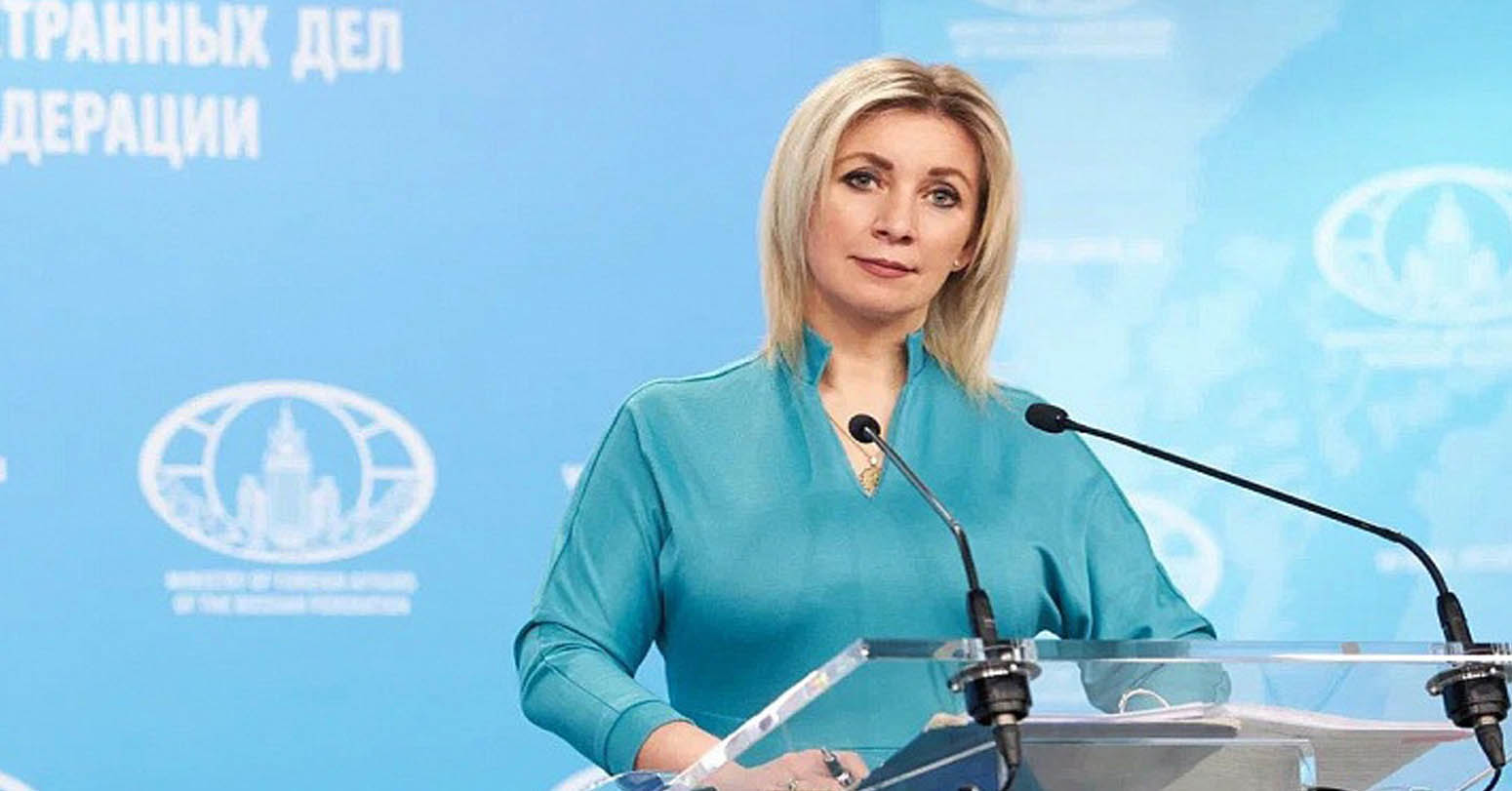
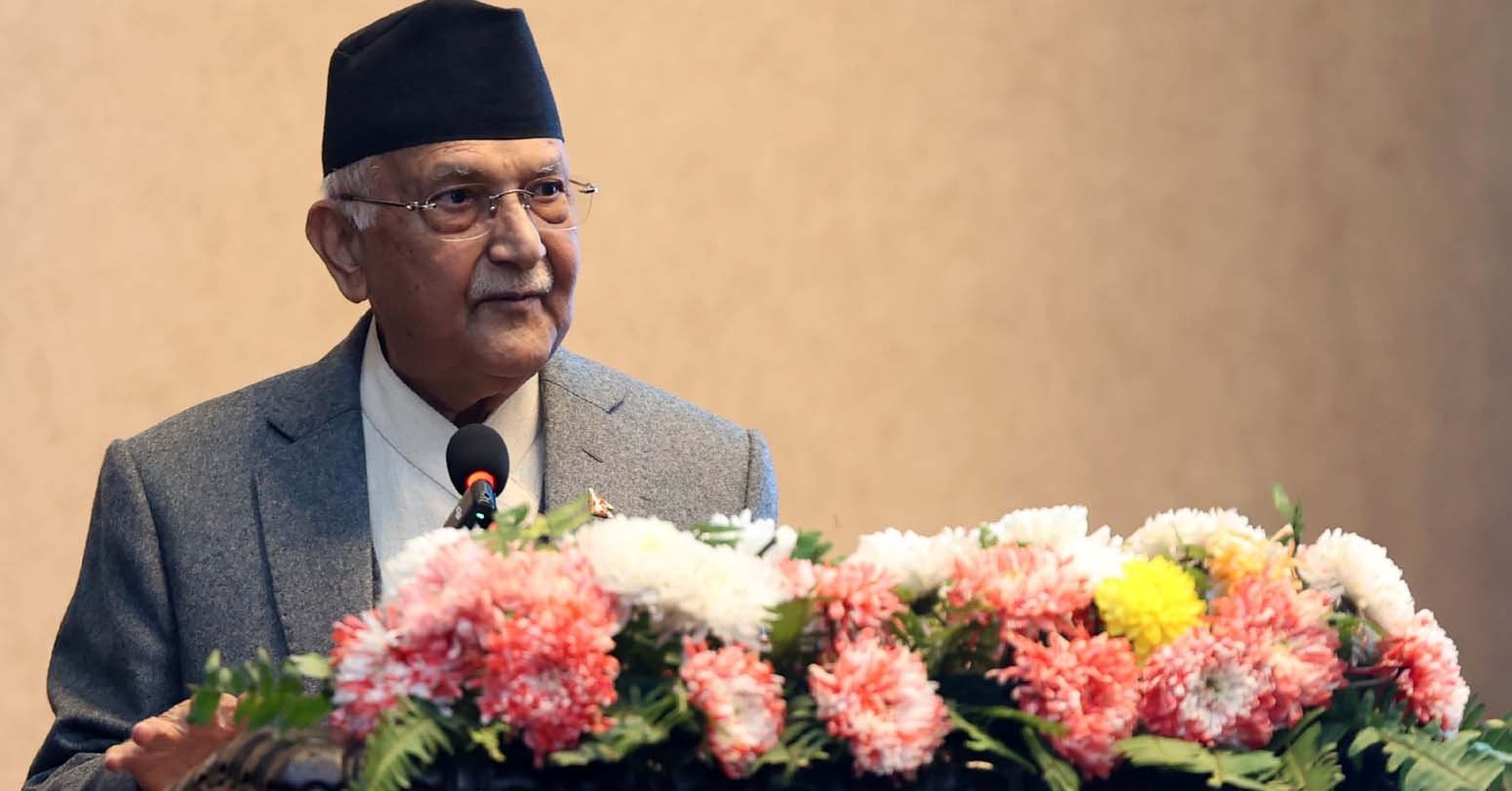


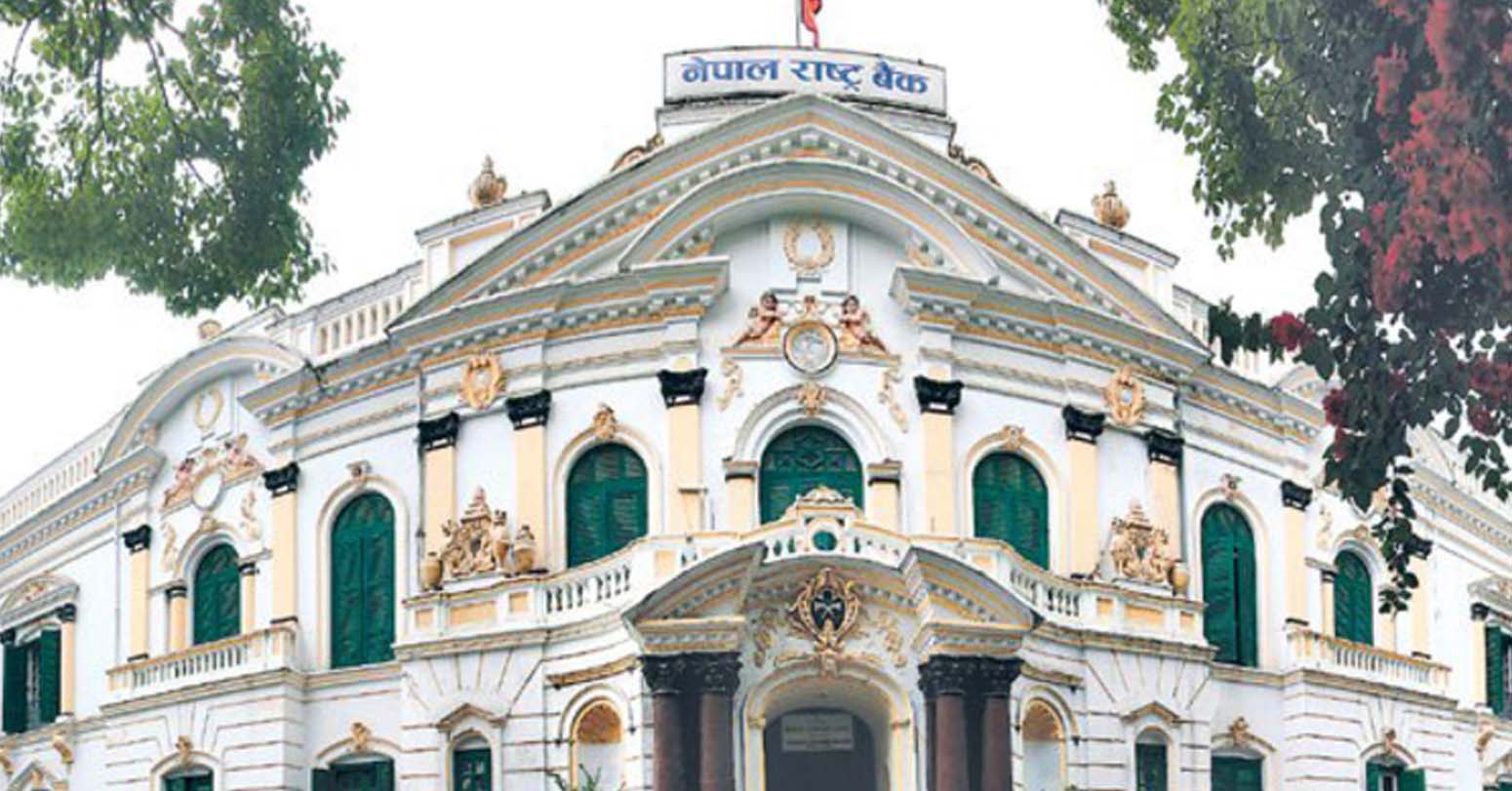

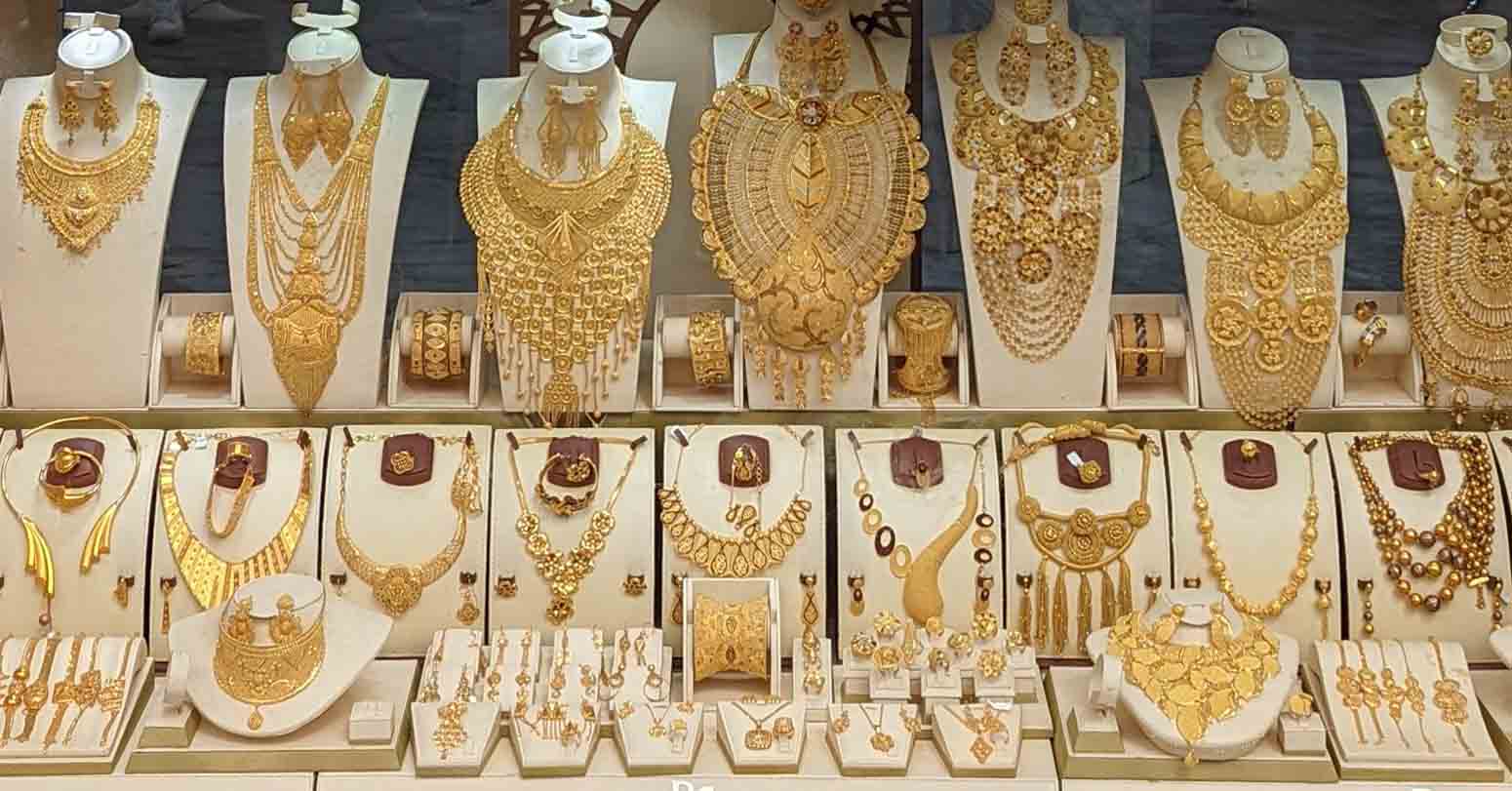

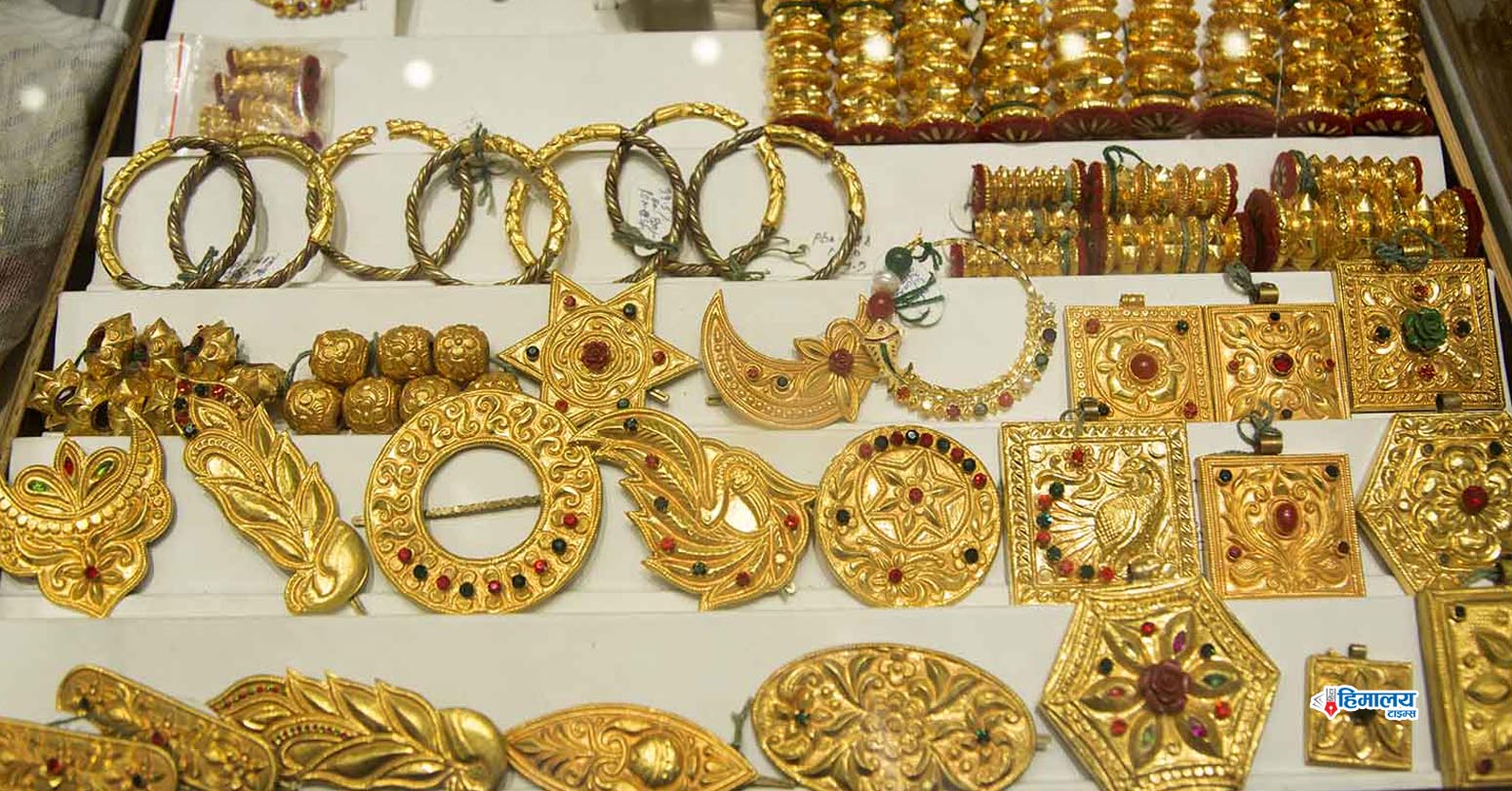

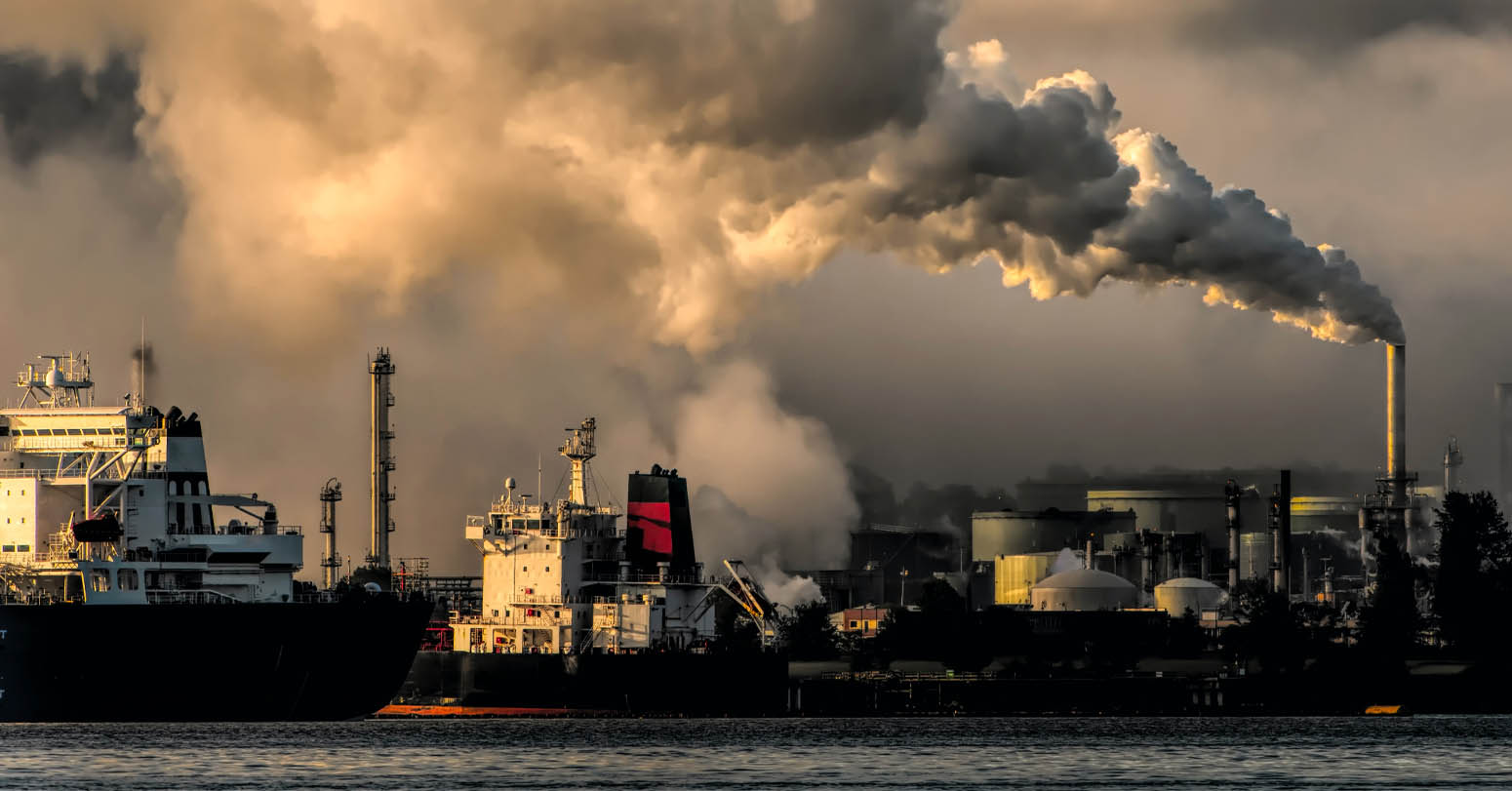
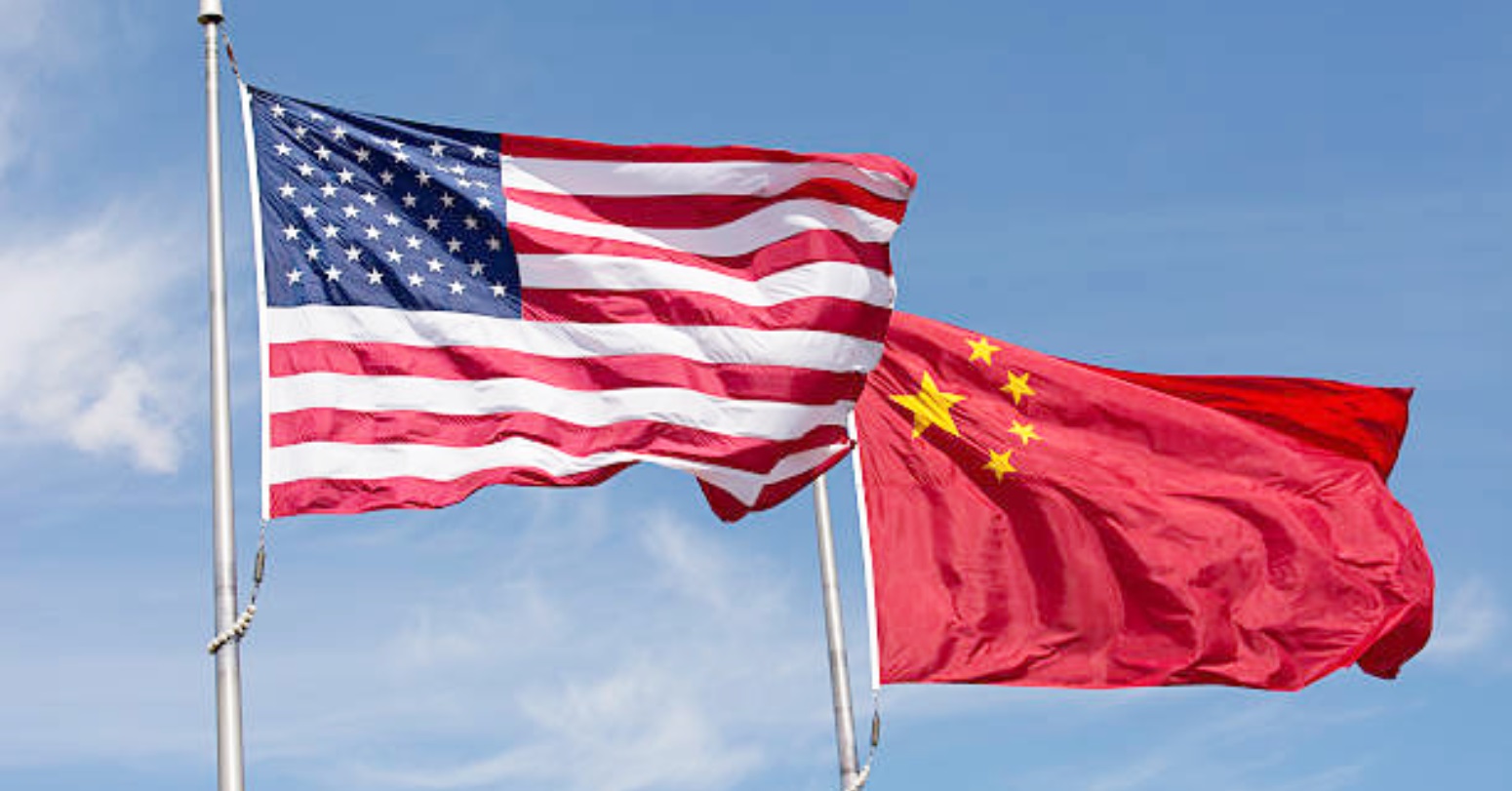
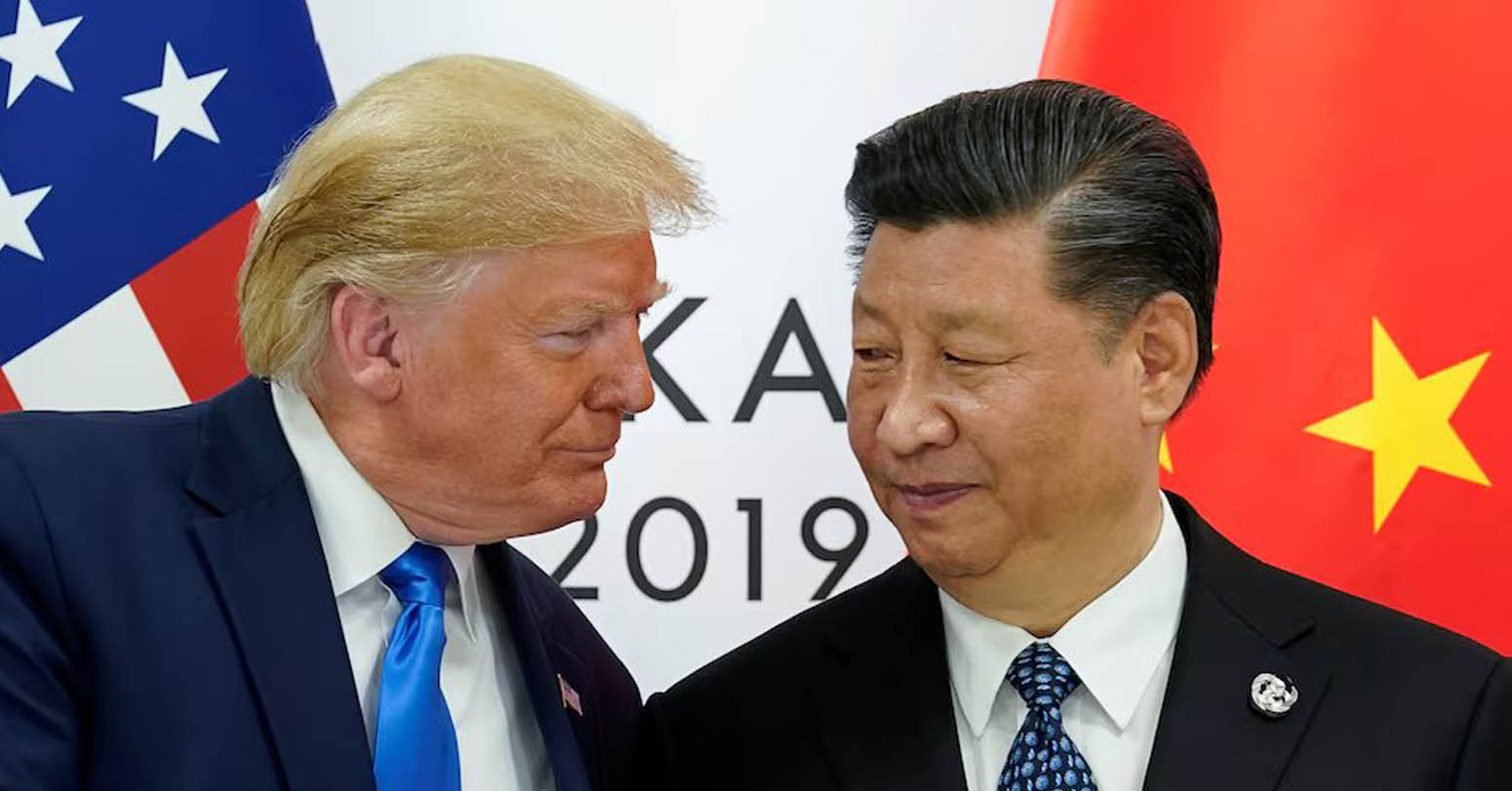
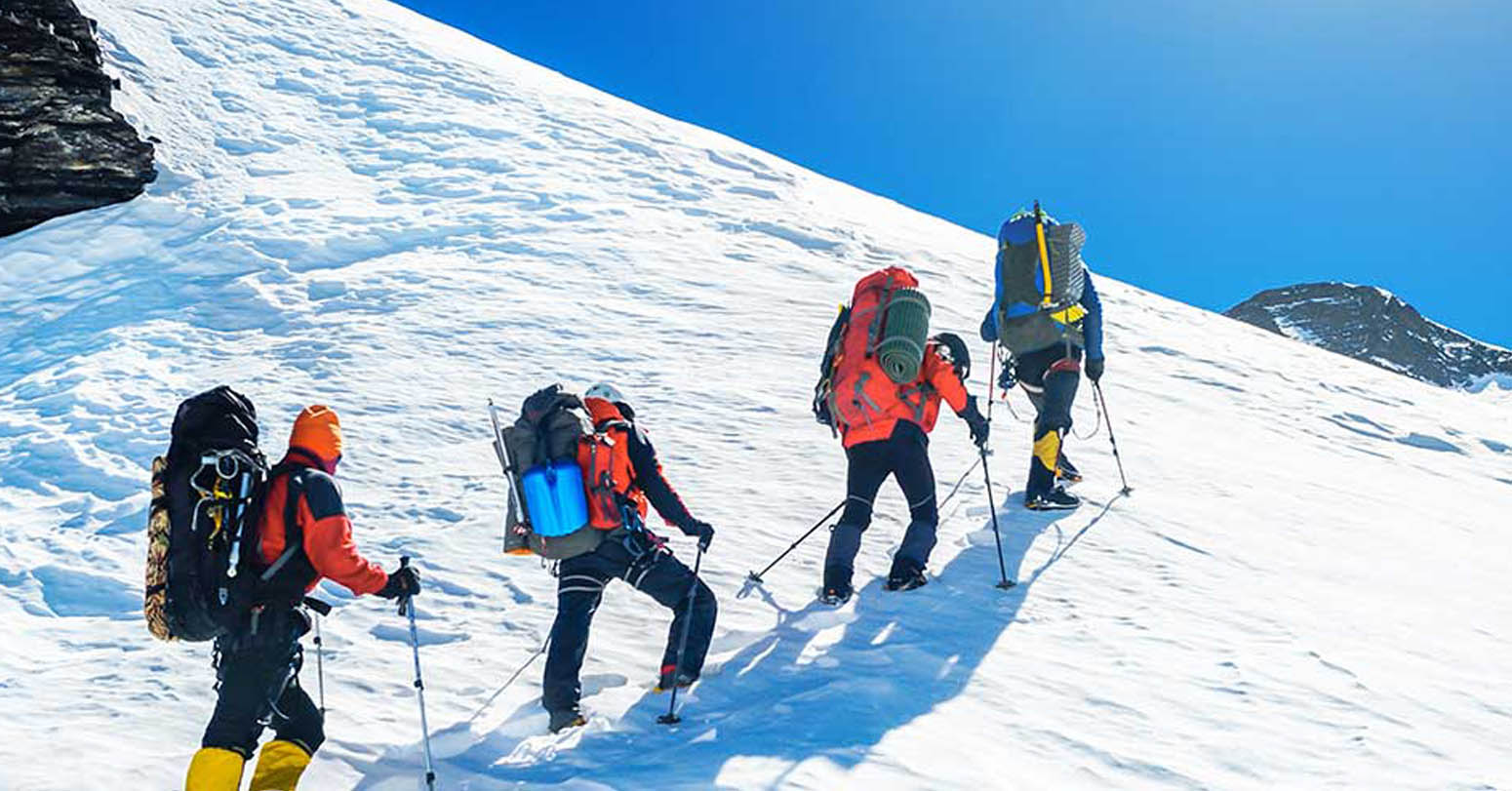
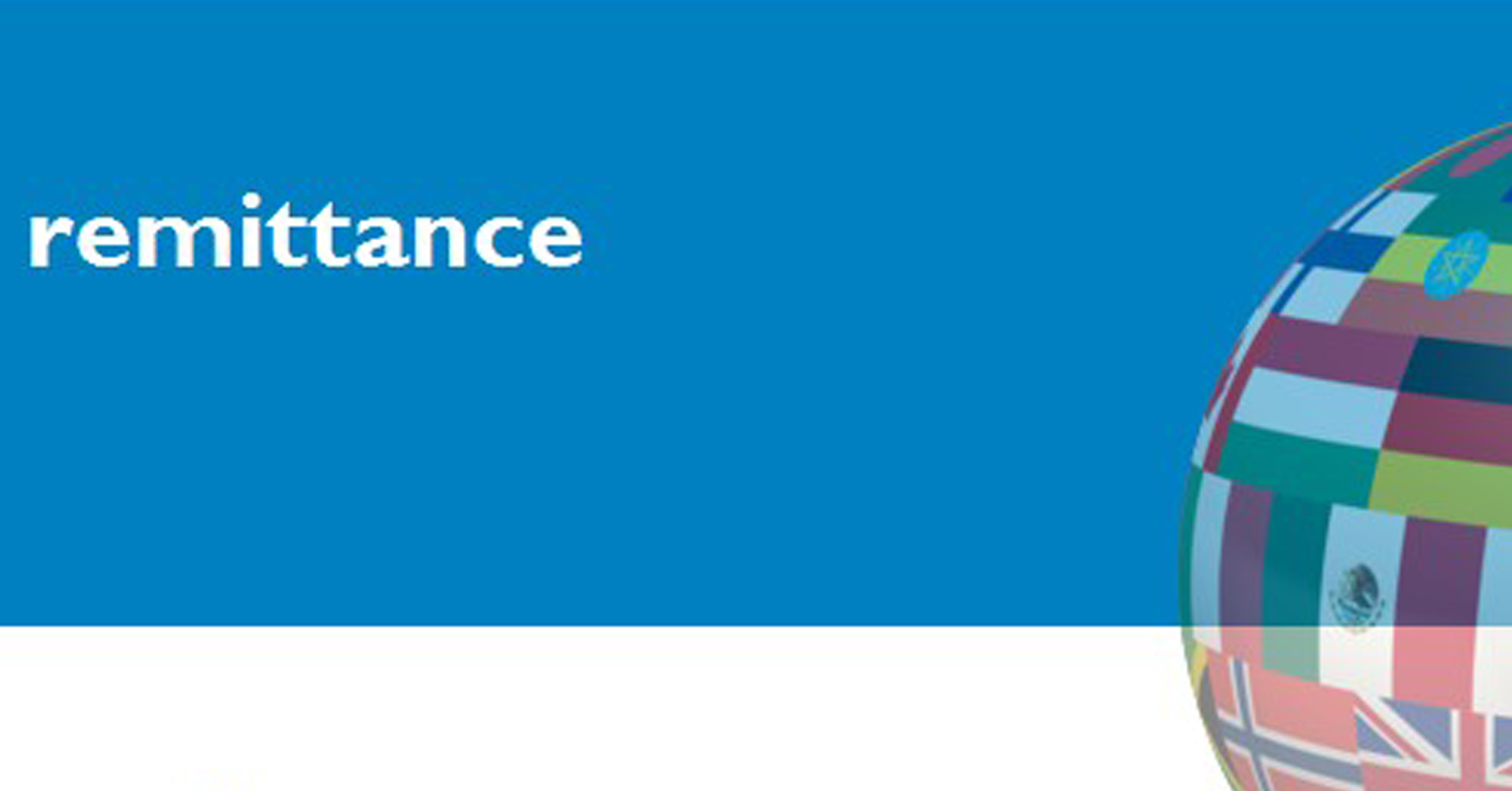
Middle-aged man spends millions to
Breathing The Unbreathable Air
Comprehensive Data Protection Law Critically
Gender Differences In Mental Healthcare
Dr. Dharam Raj Upadhyay: Man
Erosion of Democracy